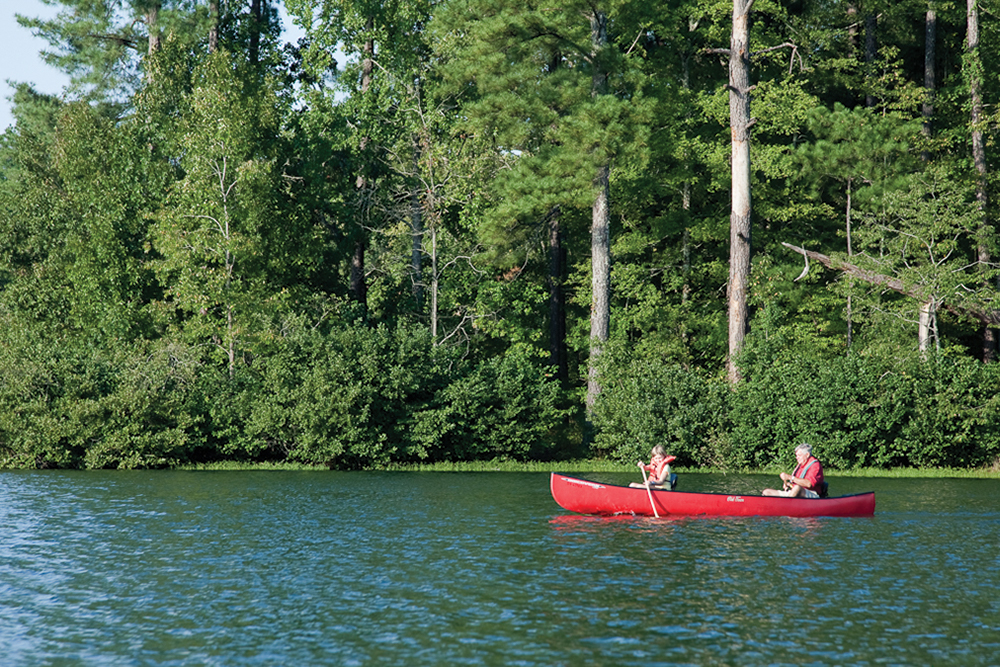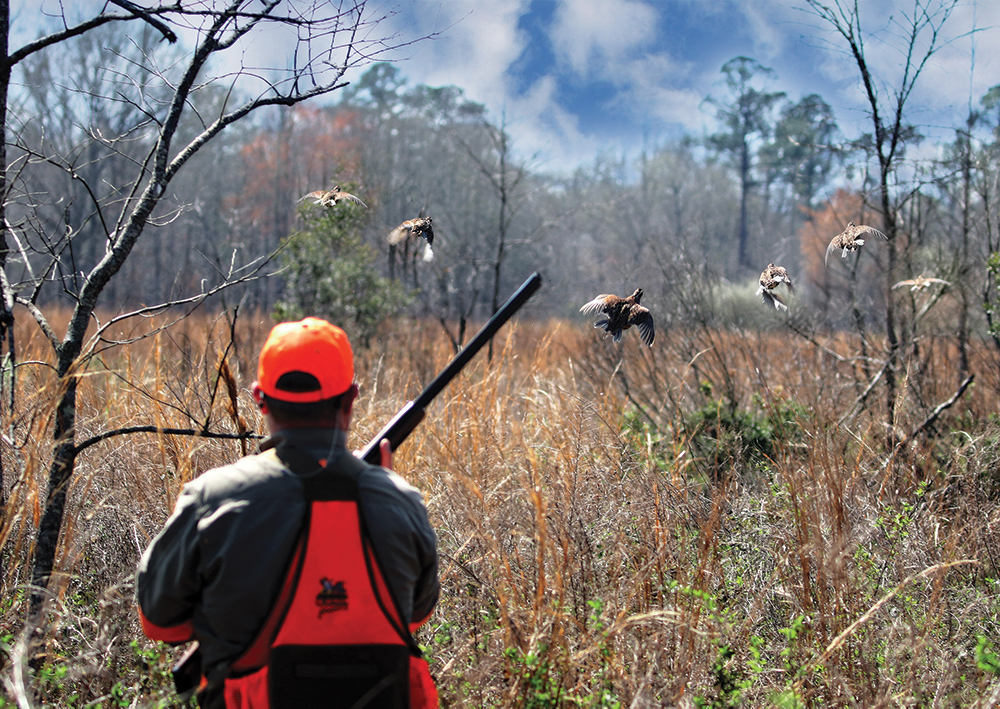By John N. Felsher
Nourished for centuries by several rivers depositing nutrient-rich black, loamy soil, the Black Belt region extends across 23 counties in central Alabama. That fertile soil created outstanding agricultural land, but also created excellent habitat for white-tailed deer, wild turkeys and other wildlife.
Although hunters and fishermen frequently visit the region, area residents wanted to do more to promote it. In 2009, they formed a non-profit group called the Alabama Black Belt Adventures Association to collectively promote the special region as a destination for hunting, fishing, canoeing, camping, hiking, birding and other cultural, artistic or historic endeavors.

“About 10 years ago, a group of dedicated conservationists with a passion for hunting and fishing came together in an effort to stimulate economic growth in Alabama’s Black Belt region,” says Thomas Harris, president and founding father of the ALBBAA.
“The Black Belt hasn’t been as successful with industrial recruitment when compared to other areas in the state, so it made perfect sense to capitalize on the abundance of natural resources that are readily available here. Tourism is a strong contributor to economic development, and we set our goals to collectively promote and brand the region as an outdoor destination. The results of our recent economic impact study proved that we were right on target.”
The ALBBAA enlisted the help of noted sporting personalities Ray Scott, founder of the Bass Anglers Sportsman Society, and Jackie Bushman, founder of Buckmasters. Both men grew up hunting the Black Belt. Scott, Bushman and others hosted television commercials and promotional videos encouraging people to visit the region. In addition, the association and its supporters aired TV commercials in 93 major markets across 32 states. The association even published a coffee table book on area hunting and fishing heritage and traditions, which will be available for purchase this month.
“Our partnerships across the region continue to grow and strengthen,” says Pam Swanner, who has served as the ALBBAA director for nearly 10 years. “Many projects have been conducted or are in the development stages with other organizations, such as the Chambers of Commerce, tourism councils, Black Belt Treasures, Alabama Tourism Department, Alabama State Parks and many others. More than 137,000 outdoor enthusiasts nationally receive monthly newsletters sharing outdoors news about the Black Belt.”

In addition, ALBBAA cultivated relationships with major media associations to bring in writers and broadcasters from around the country to experience hunting in the Black Belt and fishing for largemouth bass, crappie, catfish and other species in area rivers and lakes. These journalists published numerous articles and aired multiple radio and television broadcasts throughout the nation. People took notice.
“Our web traffic steadily increases each year,” Swanner says. “From January to August 2019, we’ve seen a 228 percent increase in the number of inquiries over the same period last year. We also ramped up paid Google ads and social media advertising, plus facilitated our photo contests through our website. These efforts drew more traffic to the website, which resulted in more inquiries. Our Facebook followers now number almost 20,000.”
Big economic impact
When people visit the Black Belt for whatever reason, they contribute to the local, regional and state economies. According to the 2018 Economic Impact Study on Hunting and Fishing in the Black Belt, spending by sportsmen in the area increased by 18 percent since 2011. The study also shows a 29 percent increase in salaries and wages earned by people in the area, which resulted in a three percent increase in state and local tax revenues during the same period. The total economic impact by hunters and fishermen in the Black Belt increased by 13 percent since 2011.

About 1.2 million hunters and fishermen spent $3.2 billion in Alabama pursuing their favorite sports in 2018, the study revealed. This created 73,553 jobs. About 364,000 of those sportsmen spent 8.2 million man-days hunting or fishing in the Black Belt. Although the 23 Black Belt counties comprise just one-third of the state, 42 percent of all hunting expenditures in Alabama occurred in the region.
“The steady growth we see in sportsmen and women visiting the Black Belt to pursue their outdoor adventures is encouraging and reinforces our commitment to the initiative,” Swanner says. “It’s validation that we must continue building on that momentum so that we are always moving the economic needle forward to give area residents a better quality of life.”
Many people hunt or fish locally, but more than half of all sportsmen, 51.6 percent, spent at least one night away from home to hunt or fish in 2018. Not surprisingly, the vast majority of non-resident sportsmen, 78.6 percent, stayed overnight in Alabama, but so did 43.5 percent of resident hunters and fishermen. About half of the overnighters stayed on property they own or lease, but the rest had to find lodging. More than 80 percent of all hunt lodges in Alabama sit in the Black Belt.
Many visitors to Alabama bring their families and stay several days. Besides hunting or fishing, people might visit other area attractions. While away from home, these people not only pay for lodging, but also buy food, fuel, supplies and other items, not to mention non-resident hunting and fishing licenses. Non‐resident sportsmen spent nearly $108 million to hunt or fish in Alabama in 2018. Two-thirds of all non-resident hunters coming to Alabama visit the Black Belt. About 29 percent of non-resident anglers fished in those counties.

While regional lodges offer excellent hunting opportunities for deer and other game, many sportsmen prefer to do it themselves. Some better wildlife management areas include David K. Nelson near Demopolis, Lowndes near White Hall, Barbour near Clayton and Oakmulgee near Selma. People can also hunt some smaller Special Opportunity Areas. See outdooralabama.com/hunting/special-opportunity-areas.
These efforts reach more than hunters and fishermen by encouraging eco-tourism, canoeing, birding, hiking and other activities in the region. The association also worked to create a leisure market program called “Feed Your Adventure – Flavors of the Black Belt Trail” to encourage people to sample such locally made items as cheese straws, cookies, pepper jellies, rubs and sauces, savory and sweet pecans, sausages, baked goods, craft beers and spirits plus many other items.
To find out more about the Black Belt, visit alabamablackbeltadventures.org or search for “Alabama Black Belt Adventures” on Facebook.





